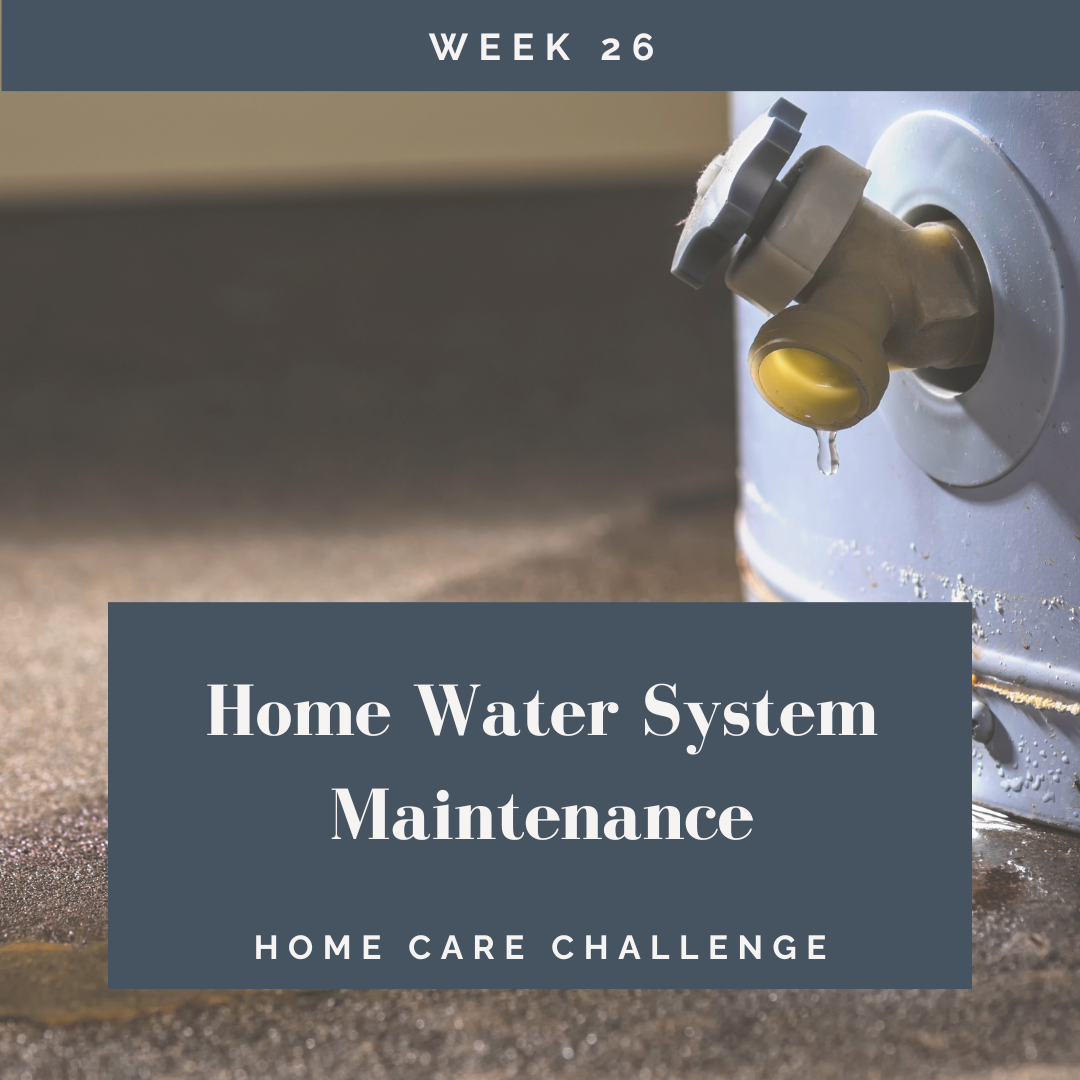Home Care Challenge: A Hot Take on Hot Water
Clean water, dry basements, and zero desire to DIY.
This post contains affiliate links, which means I may receive a commission. Read my disclosure policy here.
We’ve officially entered our kid birthday party era.
We’ve been holding off on throwing big parties for our oldest—sticking to family and close friends—but this summer (especially July) feels like peak birthday season. We’re suddenly getting invites every weekend. And while I’d love to RSVP yes to everything, there’s only so many times I can small talk with the same group of parents before I tap out.
Between our two boys, we have one weekend coming up where we’re invited to four birthday parties. That’s a full-time job. And even when hosts say “no gifts, please,” most people still bring something anyway. Curious to know—do you follow the no-gift rule or show up with a present just in case?
Anyway, while we figure out which parties we’re attending and which ones we’ll politely decline, this week’s Home Care Challenge is one I gladly outsourced.
A few years ago, I attempted this myself in our townhouse and said, “Never again.”
So, I called a plumber.
But if you're someone who likes to handle things hands-on—or just want to know what these systems even are—here’s a breakdown on cleaning and maintaining your water heater, water softener, and sump pump.
Why Does It Matter?
Taking care of these systems helps prevent costly breakdowns and keeps them working efficiently. For example, hot water heaters typically last 8–15 years, depending on the type and brand. Ours is nearing the end of its lifespan, and replacing one isn’t cheap.
Even if you’re not ready to DIY, understanding these tasks helps you know what to ask a pro—or at least what to Google when something goes wrong.
Draining Your Water Heater
Where it’s usually located: basement, garage, attic, crawl space, or a hallway closet.
Why it matters: Sediment builds up over time and reduces efficiency (aka, less hot water and a shorter lifespan).
How to flush it:
Turn off the heater. Electric: cut the power at the circuit breaker. Gas: switch to “pilot.”
Connect a hose to the drain valve at the bottom of the tank. Run the other end to a floor drain or outside.
Open the valve and let the water drain out (it’ll be hot!).
Flush with cold water to rinse out leftover sediment.
Close it up. Remove the hose, close the valve, turn the water supply back on, and restore power.
Water Softener Maintenance
Not every home has one—but if you do, it’s probably located near your main water line (before the water heater). It helps prevent hard water, which can cause buildup in pipes and reduce appliance efficiency.
How to maintain it:
Check salt levels monthly. Keep it at least half full.
Clean the brine tank once a year. Drain, rinse, and remove any crusty salt residue.
Use a resin cleaner if minerals (like iron) start building up.
Manually regenerate the system as needed, following the manufacturer’s instructions.
Testing Your Sump Pump
If you have a basement or crawl space, you might have a sump pump. If your home is on a slab, you likely don’t.
Clues you have one: A discharge pipe on the exterior wall (about 1¼” wide) or a round lid in the basement/crawlspace floor.
How to check and maintain it:
Inspect the unit and power source.
Test it by pouring a bucket of water into the pit. The float should rise, triggering the pump.
Clean out the pit and discharge pipe.
Consider a backup battery if you live in an area with heavy rain or frequent outages.
TL;DR:
If you don’t have the time, tools, or desire to mess with these systems, it’s totally okay to call in a pro. That’s what I did, and I have no regrets.
But knowledge is power—and maintenance is peace of mind. Even just checking things off once a year (like during a slower summer week) can go a long way.
So while you’re juggling party invites and sunscreen duties, let this be your reminder to schedule that plumbing maintenance—or forward this post to your favorite handy person.
Happy maintaining!
Check these posts out before you go…




